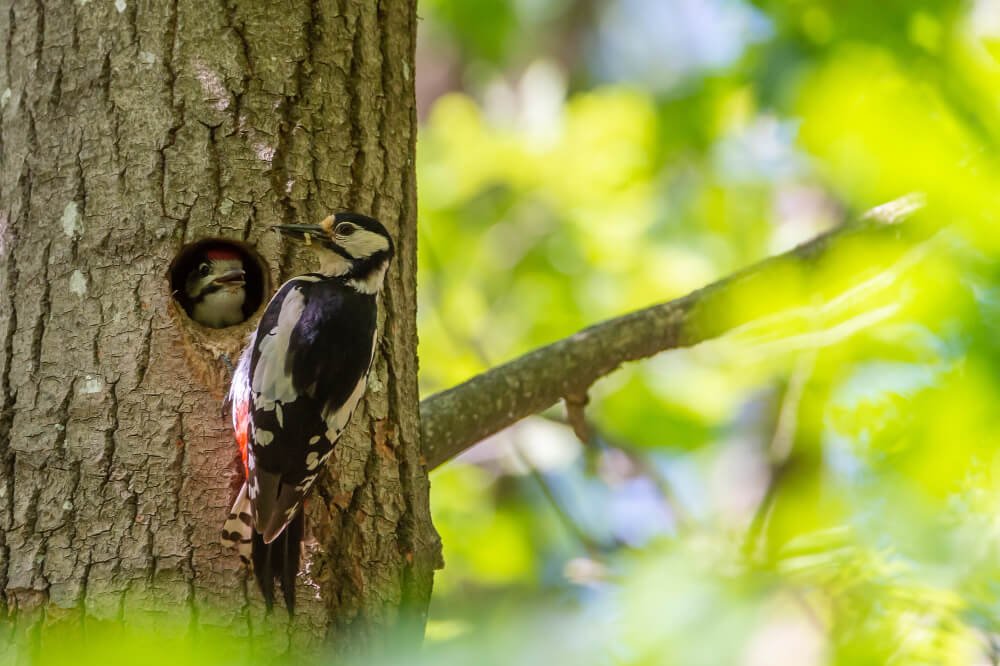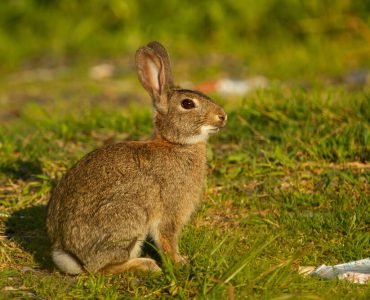As the sun dips below the horizon, painting the sky in hues of orange and pink, our avian friends begin to prepare for their evening routines. Have you ever wondered where these beautiful creatures find solace in the dark hours of the night? Join us on a fascinating exploration into the hidden world of bird sleep as we unveil the secret places where they rest their wings.
Nesting Habits

Like us, birds seek comfort and safety when it’s time to sleep. Many species of birds choose to sleep in their nests, which they build with great care and precision. These nests, meticulously constructed using twigs, leaves, grass, and sometimes even feathers, serve as secure retreats from predators and the elements. The cozy interiors of their nests provide a warm and snug environment for birds to rest and rejuvenate.
Tree Cavities

Certain bird species, such as woodpeckers and owls, have adapted to sleeping in tree cavities. These hollowed-out spaces, created naturally or excavated by the birds, offer excellent protection from predators and inclement weather. Birds can enjoy a peaceful slumber inside these cozy chambers, shielded from the outside world.
Roosting in Flocks

For many birds, the power of numbers provides an added layer of safety during the night. Large flocks, such as starlings and blackbirds, huddle together in dense formations to sleep. By roosting in groups, birds can share body warmth, ward off predators, and collectively keep a vigilant eye on their surroundings. Witnessing thousands of birds settling in for the night is an awe-inspiring spectacle.
Wetland and Marsh Habitats

Water-loving species like ducks, geese, and herons have adapted to sleeping in wetland and marsh habitats. These areas offer abundant food sources and protection from daytime predators, making them ideal locations for birds to rest at night. Nuzzled among the reeds or floating gently on the water’s surface, these birds find serenity in their aquatic abodes.
Nocturnal Birds

While most birds sleep during the night, some species have evolved to be active after dark. Owls, for example, are famous for their nocturnal habits. During the daytime, these majestic hunters seek shelter in dense foliage or hidden crevices, where they patiently await the arrival of nightfall to spread their wings and engage in great nighttime activities.
Conclusion
As nature’s tireless performers, birds captivate us with their melodious songs and mesmerizing flights. But it is during their slumber that they find tranquility and recharge their energy for another day of foraging, soaring, and surviving. Whether in nests, tree cavities, flocks, wetlands, or within the shadows of the night, birds have adapted ingenious ways to ensure their safety and well-being while they sleep.
As animal enthusiasts, let us continue to appreciate and protect the habitats that offer these precious creatures a haven to rest. The more we understand their nighttime habits, the better equipped we are to support and cherish the beautiful tapestry of life surrounding us, even when we can’t see it.
So the next time you gaze up at the stars, spare a thought for the tireless birds who dream with open eyes, knowing they will soon awaken to grace our skies again.





Add comment